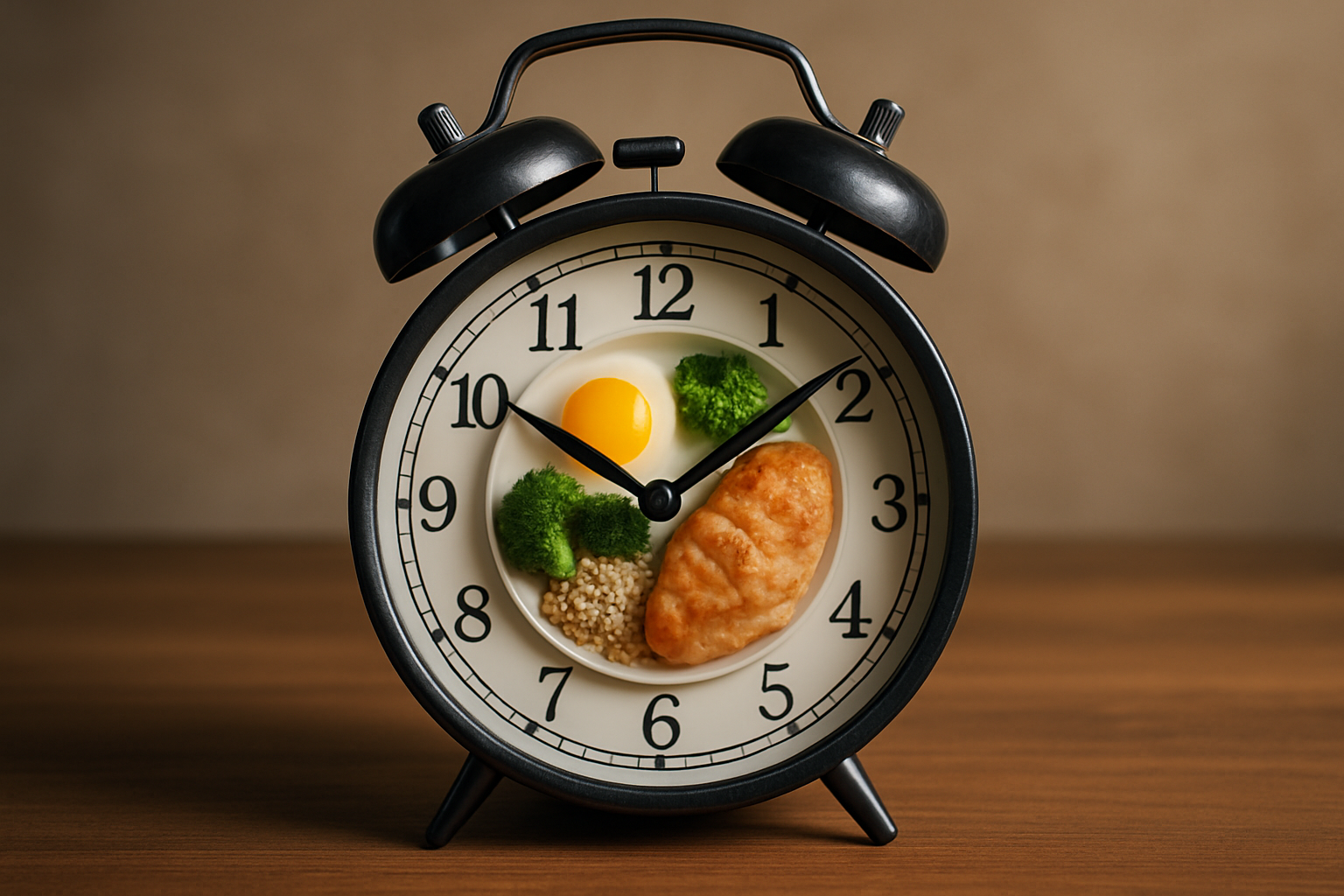Smart Snacking for Type 2 Diabetes: Your Complete Guide
Managing type 2 diabetes doesn't mean giving up on delicious snacks. With the right knowledge and planning, you can enjoy satisfying treats while maintaining stable blood sugar levels. The key lies in understanding which foods work best for your body and how to create balanced combinations that support your overall health goals.

What Makes a Healthy Snack Choice for Type 2 Diabetes?
When selecting snacks for type 2 diabetes management, focus on foods that won’t cause dramatic blood sugar spikes. The best options combine protein, healthy fats, and fiber-rich carbohydrates. Protein helps slow digestion and provides sustained energy, while fiber slows glucose absorption into the bloodstream.
Ideal snacks contain 15-30 grams of carbohydrates paired with protein or healthy fats. Examples include apple slices with almond butter, Greek yogurt with berries, or a small handful of nuts with whole grain crackers. These combinations provide nutrients while helping maintain steady glucose levels throughout the day.
Portion control remains crucial, even with diabetes-friendly foods. Reading nutrition labels and measuring portions initially helps develop accurate portion awareness over time.
A Smart Guide to Snacking with Type 2 Diabetes
Timing your snacks strategically can significantly impact blood sugar control. Many people with type 2 diabetes benefit from eating small, balanced snacks between meals to prevent glucose dips and spikes. This approach helps maintain energy levels and reduces the likelihood of overeating at main meals.
Consider your medication schedule when planning snacks. If you take insulin or other glucose-lowering medications, coordinate snack timing with your healthcare provider’s recommendations. Some people need mid-morning or afternoon snacks to prevent hypoglycemia, while others do better with fewer eating occasions.
Keep emergency snacks readily available in your car, office, or purse. Non-perishable options like nuts, seeds, or whole grain crackers can prevent blood sugar emergencies when meals are delayed. Planning ahead reduces reliance on convenience store options that may not align with your dietary goals.
Balanced Snack Ideas for People Living with Type 2 Diabetes
Vegetables make excellent snack foundations due to their low carbohydrate content and high nutrient density. Raw vegetables like bell peppers, cucumber, or cherry tomatoes paired with hummus or guacamole provide satisfying crunch and flavor. These combinations offer vitamins, minerals, and antioxidants while minimizing blood sugar impact.
Protein-rich snacks help maintain satiety between meals. Hard-boiled eggs, lean deli turkey rolled with cheese, or cottage cheese with cucumber slices provide essential amino acids without excessive carbohydrates. These options work particularly well for afternoon energy maintenance.
Whole grain options, when portioned appropriately, can satisfy carbohydrate cravings healthily. A slice of whole grain toast with avocado, a small bowl of oatmeal with cinnamon, or whole grain crackers with natural peanut butter provide fiber and sustained energy release.
| Snack Category | Examples | Estimated Cost Range | Key Benefits |
|---|---|---|---|
| Nuts & Seeds | Almonds, walnuts, pumpkin seeds | $4-8 per pound | Healthy fats, protein, portion control |
| Greek Yogurt | Plain Greek yogurt brands | $4-6 per container | High protein, probiotics, versatile |
| Vegetables & Dips | Hummus, guacamole, raw vegetables | $3-7 per serving combination | Low carbs, high fiber, nutrient dense |
| Whole Grain Options | Crackers, bread, oatmeal | $2-5 per package | Sustained energy, fiber, affordability |
Prices, rates, or cost estimates mentioned in this article are based on the latest available information but may change over time. Independent research is advised before making financial decisions.
Fresh fruits, while containing natural sugars, can fit into diabetic meal plans when paired with protein or healthy fats. Berries are particularly beneficial due to their lower glycemic impact and high antioxidant content. A small apple with almond butter or a handful of berries with Greek yogurt creates balanced, satisfying snacks.
Homemade snack preparation often provides better nutritional control than packaged alternatives. Preparing trail mix with measured portions of nuts, seeds, and a small amount of dried fruit allows customization while controlling added sugars and sodium. Similarly, preparing vegetable portions with individual hummus containers creates convenient grab-and-go options.
Creating Your Personal Snacking Strategy
Individual responses to foods vary significantly among people with type 2 diabetes. Blood glucose monitoring helps identify which snacks work best for your unique metabolism. Keep a food and glucose log initially to identify patterns and optimize your choices.
Work with registered dietitians or certified diabetes educators to develop personalized snacking guidelines. These professionals can help calculate appropriate carbohydrate amounts based on your medication regimen, activity level, and individual glucose targets.
Consider your lifestyle when planning snack strategies. Busy schedules may require more portable options, while working from home allows for fresh preparation. Identify potential challenging situations like travel, social events, or long work days, and develop specific plans for those scenarios.
Managing type 2 diabetes through smart snacking requires initial planning and attention, but becomes second nature with practice. Focus on whole foods, balanced combinations, and appropriate portions to maintain stable blood sugar while enjoying satisfying treats. Remember that consistency in timing and food choices often produces the most predictable glucose responses, making diabetes management more straightforward over time.
This article is for informational purposes only and should not be considered medical advice. Please consult a qualified healthcare professional for personalized guidance and treatment.




